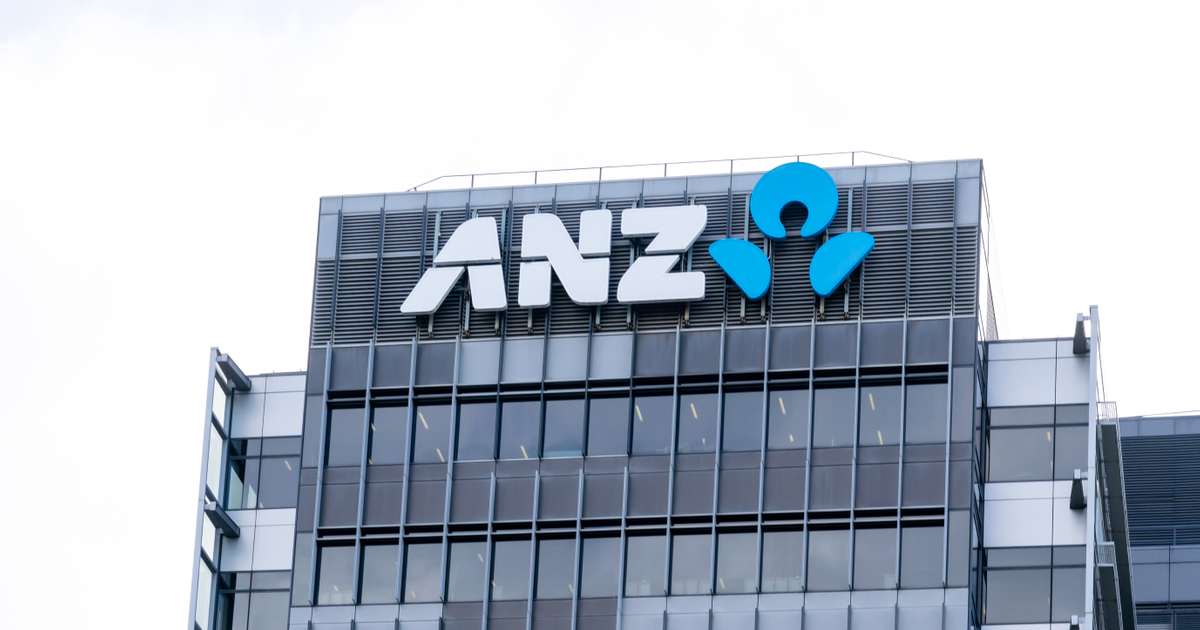U.S. crude oil rises 2%, trades above $70 per barrel as OPEC+ delays production boost
OPEC+ has delayed plans to boost production after oil sold off this week.


U.S. crude oil rallied 2% on Thursday to trade above $70 per barrel, as OPEC+ delays plans to boost production after prices tumbled this week.
OPEC+ members have delayed a production hike of 180,000 barrels per day by two months, two sources told CNBC. The production increase was originally scheduled for October.
"There's a number of factors that are really working against OPEC over the next few months," Andy Lipow, president of Lipow Oil Associates, told CNBC's "Street Signs" Thursday.
"They want to see Brent crude oil prices at $85 to $90 per barrel to balance their budgets," Lipow said.
Here are Thursday's energy prices:
West Texas Intermediate October contract: $70.58 per barrel, up $1.38, or 1.99%. Year to date, the U.S. benchmark has fallen 1.5%.Brent November contract: $73.99 per barrel, $1.29, or 1.77%. Year to date, the global benchmark has pulled back 3.9%.RBOB Gasoline October contract: $1.96 per gallon, little changed. Year to date, gasoline has declined 6.5%.Natural Gas October contract: $2.26 per thousand cubic feet, up 12 cents, or 5.73%. Year to date, gas has tumbled 9.7%.The U.S. benchmark has shed 4% this week, while the Brent global benchmark is down 6%. Crude oil futures have lost all gains for the year. The selloff was sparked by fears that more supply was coming online at a time when demand is poised to weaken.
"Oil demand is faltering in China, and here in the United States the gasoline driving season has now ended," Lipow said.
"We're going into a lower demand period as far as the consumer goes and to top that off we're going into the seasonal refining maintenance period in the United States and Europe that is going to decrease crude oil demand," he said.

 ShanonG
ShanonG 
































